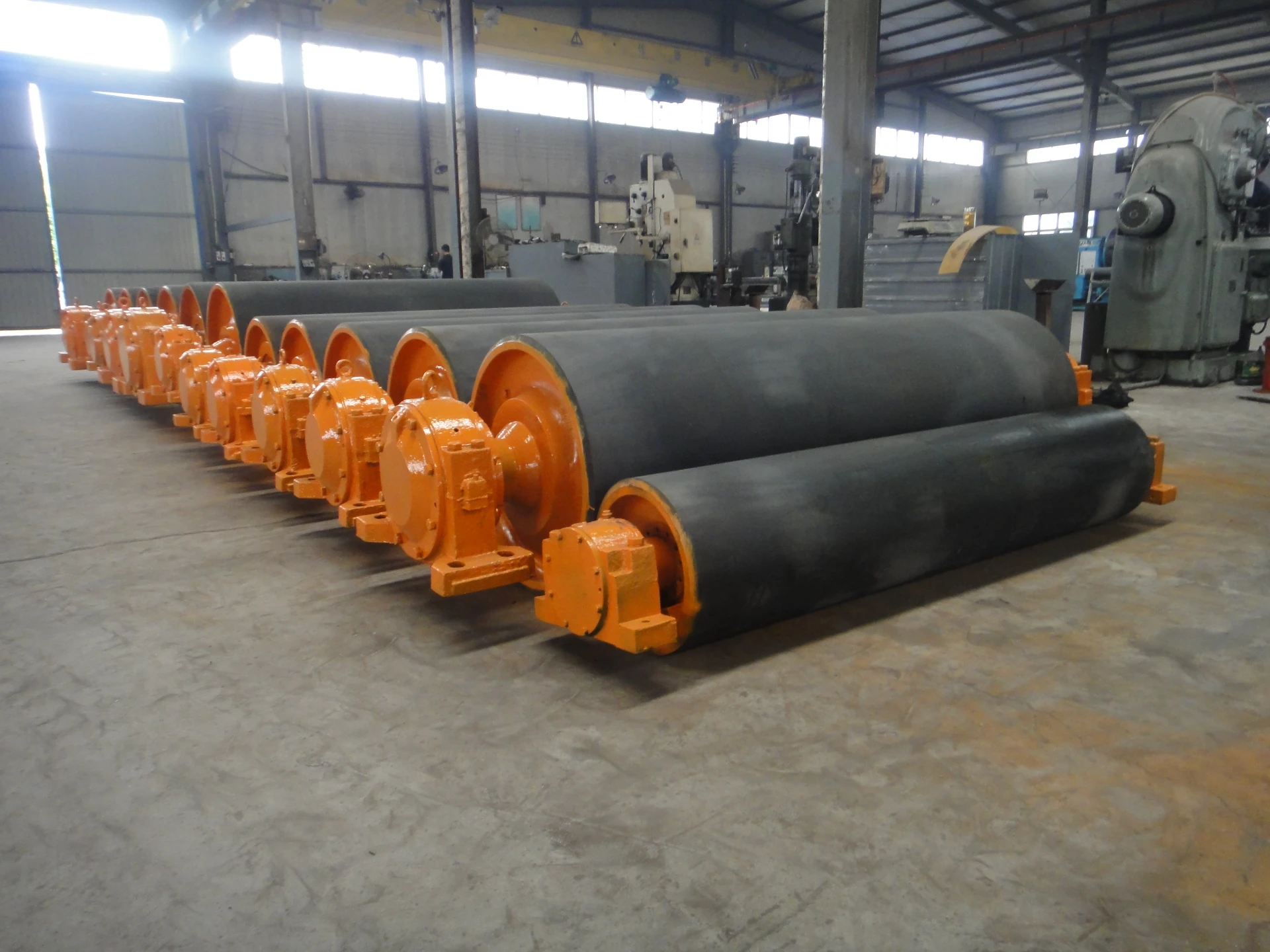 Afrikaans
Afrikaans  Albanian
Albanian  Amharic
Amharic  Arabic
Arabic  Armenian
Armenian  Azerbaijani
Azerbaijani  Basque
Basque  Belarusian
Belarusian  Bengali
Bengali  Bosnian
Bosnian  Bulgarian
Bulgarian  Catalan
Catalan  Cebuano
Cebuano  Corsican
Corsican  Croatian
Croatian  Czech
Czech  Danish
Danish  Dutch
Dutch  English
English  Esperanto
Esperanto  Estonian
Estonian  Finnish
Finnish  French
French  Frisian
Frisian  Galician
Galician  Georgian
Georgian  German
German  Greek
Greek  Gujarati
Gujarati  Haitian Creole
Haitian Creole  hausa
hausa  hawaiian
hawaiian  Hebrew
Hebrew  Hindi
Hindi  Miao
Miao  Hungarian
Hungarian  Icelandic
Icelandic  igbo
igbo  Indonesian
Indonesian  irish
irish  Italian
Italian  Japanese
Japanese  Javanese
Javanese  Kannada
Kannada  kazakh
kazakh  Khmer
Khmer  Rwandese
Rwandese  Korean
Korean  Kurdish
Kurdish  Kyrgyz
Kyrgyz  Lao
Lao  Latin
Latin  Latvian
Latvian  Lithuanian
Lithuanian  Luxembourgish
Luxembourgish  Macedonian
Macedonian  Malgashi
Malgashi  Malay
Malay  Malayalam
Malayalam  Maltese
Maltese  Maori
Maori  Marathi
Marathi  Mongolian
Mongolian  Myanmar
Myanmar  Nepali
Nepali  Norwegian
Norwegian  Norwegian
Norwegian  Occitan
Occitan  Pashto
Pashto  Persian
Persian  Polish
Polish  Portuguese
Portuguese  Punjabi
Punjabi  Romanian
Romanian  Russian
Russian  Samoan
Samoan  Scottish Gaelic
Scottish Gaelic  Serbian
Serbian  Sesotho
Sesotho  Shona
Shona  Sindhi
Sindhi  Sinhala
Sinhala  Slovak
Slovak  Slovenian
Slovenian  Somali
Somali  Spanish
Spanish  Sundanese
Sundanese  Swahili
Swahili  Swedish
Swedish  Tagalog
Tagalog  Tajik
Tajik  Tamil
Tamil  Tatar
Tatar  Telugu
Telugu  Thai
Thai  Turkish
Turkish  Turkmen
Turkmen  Ukrainian
Ukrainian  Urdu
Urdu  Uighur
Uighur  Uzbek
Uzbek  Vietnamese
Vietnamese  Welsh
Welsh  Bantu
Bantu  Yiddish
Yiddish  Yoruba
Yoruba  Zulu
Zulu Exploring the Benefits and Applications of Rubber Lagging in Industrial Settings
The Importance of Rubber Lagging in Industrial Applications
Rubber lagging is an essential component in various industrial applications, particularly in the mining, construction, and manufacturing sectors. This specialized rubber material is applied to the surfaces of equipment such as conveyor belts, pulleys, and rollers to enhance performance, durability, and safety. Understanding the features and benefits of rubber lagging can significantly impact operational efficiency and maintenance strategies in industries that rely heavily on machinery.
What is Rubber Lagging?
Rubber lagging refers to the process of applying a rubber covering to the surface of metal or composite materials, primarily aimed at improving grip, reducing wear, and providing protection against environmental factors. It is commonly used on conveyor systems where maintaining friction is essential for preventing slippage and ensuring the smooth transport of materials.
Benefits of Rubber Lagging
1. Enhanced Grip and Traction One of the primary functions of rubber lagging is to improve the grip between the conveyor belt and the materials it transports. The rubber surface creates a high-friction environment, which minimizes the chances of material slippage, ensuring efficient operation.
2. Wear Resistance Lagging protects the underlying metal surfaces from wear and tear. Rubber, being flexible and resilient, absorbs impacts and reduces the stress on equipment components. This protective feature significantly extends the life of the machinery and lowers maintenance costs.
3. Noise Reduction In many industrial settings, excessive noise can be a major concern. Rubber lagging acts as a dampening material, reducing vibrations and noise levels produced by equipment during operation. This not only contributes to a safer working environment but also improves the overall comfort of workers on-site.
rubber lagging

4. Corrosion and Weather Resistance In environments where machinery is exposed to moisture, chemicals, or extreme weather conditions, rubber lagging offers a protective barrier. The rubber coating provides resistance against corrosion and reduces the risk of damage caused by environmental elements, facilitating more reliable operations.
5. Improved Safety By increasing traction and reducing slippage, rubber lagging enhances the safety of operations. This is particularly important in applications where heavy materials are transported, as it minimizes the risk of accidents and injuries caused by equipment failure.
Applications of Rubber Lagging
Rubber lagging is widely utilized in various industries. In the mining sector, it is primarily used on conveyor belts that transport minerals and ores from one location to another. In construction, rubber-lagged pulleys and rollers help move heavy materials, while in manufacturing, rubber lagging is applied to various machinery to improve operational efficiency.
Moreover, rubber lagging can be customized based on the specific needs of an application. Different rubber compounds can be used to achieve varying levels of hardness, flexibility, and resistance to specific environmental factors. This adaptability makes rubber lagging an integral part of many industrial operations.
Maintenance and Installation
Proper installation and maintenance of rubber lagging are crucial for maximizing its benefits. It is important to ensure that the rubber is applied consistently and securely to avoid any potential failures. Regular inspections should also be conducted to identify any signs of wear or damage. If the lagging shows signs of degradation, timely replacement is necessary to prevent further complications.
In conclusion, rubber lagging plays a vital role in enhancing the efficiency and safety of industrial equipment. Its benefits include improved grip, wear resistance, noise reduction, and enhanced protection against environmental factors. By investing in quality rubber lagging and ensuring proper installation and maintenance, industries can significantly improve their operational performance, extend the lifespan of their equipment, and create a safer work environment for their employees. As industrial demands continue to grow, the importance of rubber lagging cannot be overstated—it stands as a crucial element in the pursuit of operational excellence.
-
Revolutionizing Conveyor Reliability with Advanced Rubber Lagging PulleysNewsJul.22,2025
-
Powering Precision and Durability with Expert Manufacturers of Conveyor ComponentsNewsJul.22,2025
-
Optimizing Conveyor Systems with Advanced Conveyor AccessoriesNewsJul.22,2025
-
Maximize Conveyor Efficiency with Quality Conveyor Idler PulleysNewsJul.22,2025
-
Future-Proof Your Conveyor System with High-Performance Polyurethane RollerNewsJul.22,2025
-
Driving Efficiency Forward with Quality Idlers and RollersNewsJul.22,2025





























